1. Constant Itching or Scratching
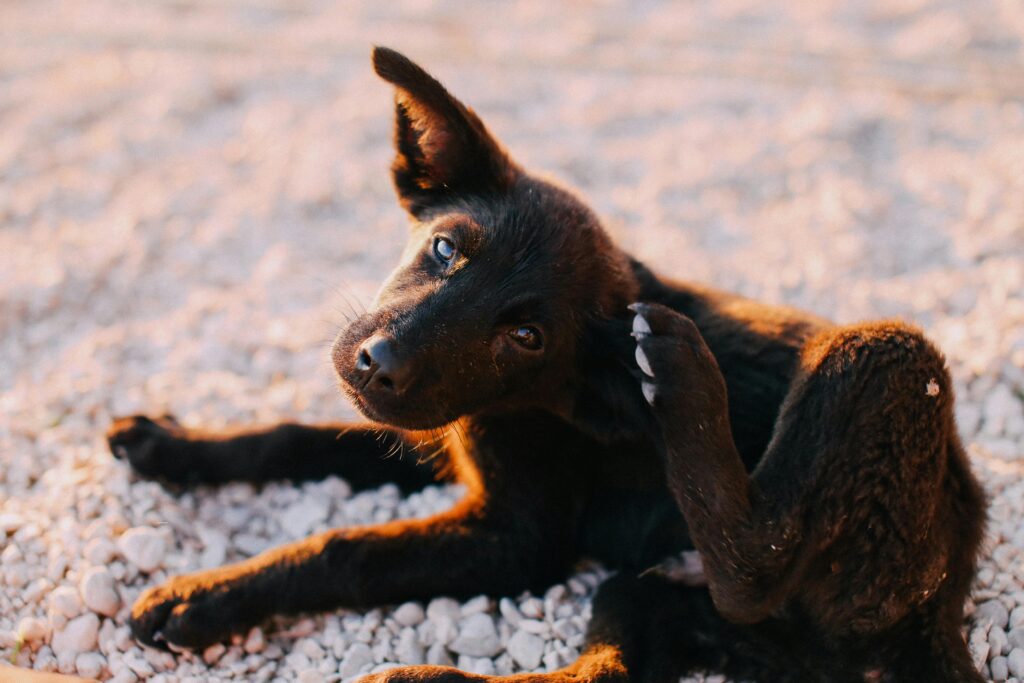
One of the most common signs of a food allergy is non-stop scratching. If your pet is scratching more than usual, particularly around the face, paws, or belly, it could be their body reacting to something in their food.
2. Frequent Ear Infections

Does your pet seem to always have ear infections? Recurring ear issues, especially in dogs, can often point to a food allergy. Watch for signs like head shaking, redness, or a strong odor.
3. Red, Inflamed Skin
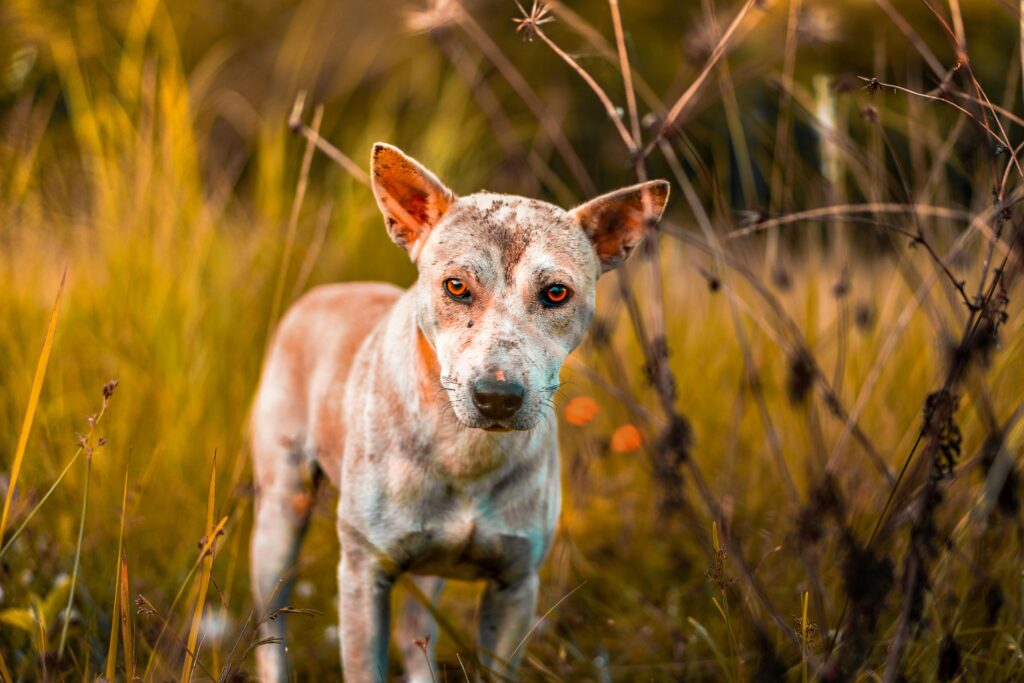
Allergic reactions often show up as redness or inflammation on your pet’s skin. If you notice red patches, swelling, or hives, especially after mealtime, food could be the culprit.
4. Excessive Licking

If your pet is constantly licking their paws or other areas of their body, it might not just be a grooming habit. It could be a sign of irritation caused by an allergic reaction to their food.
5. Chronic Digestive Issues
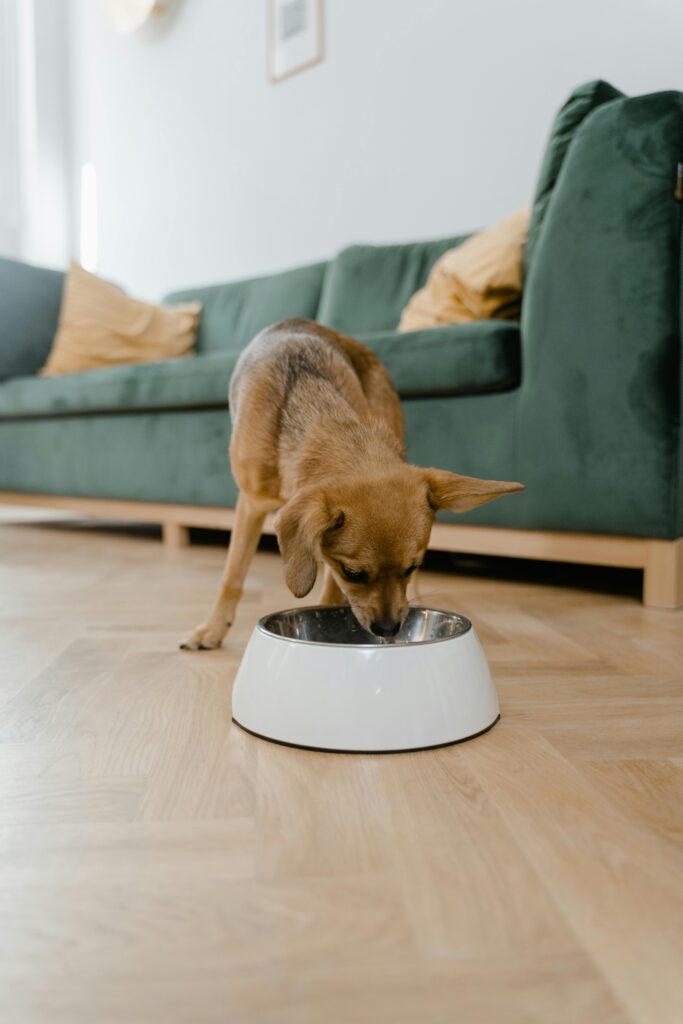
Repeated bouts of diarrhea, vomiting, or excessive gas are clear indicators that something isn’t sitting right in your pet’s stomach. Food allergies often manifest as gastrointestinal distress.
6. Scooting on the Ground

If your dog (or even cat) is scooting their rear across the floor more than usual, it could indicate irritation due to food allergies. This behavior is often associated with itchy or inflamed anal glands, a common allergic response.
7. Loss of Fur or Bald Patches
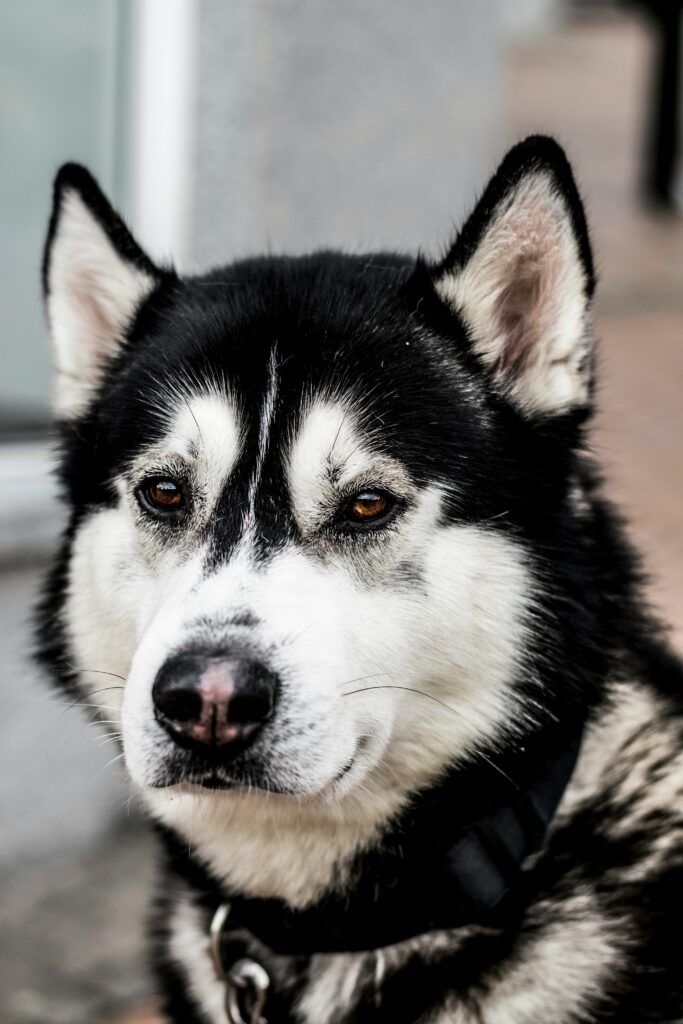
Food allergies can lead to hair loss in some pets, especially in areas where they scratch or lick frequently. If you’re noticing bald spots or thinning fur, it’s time to check what they’re eating.
8. Hot Spots
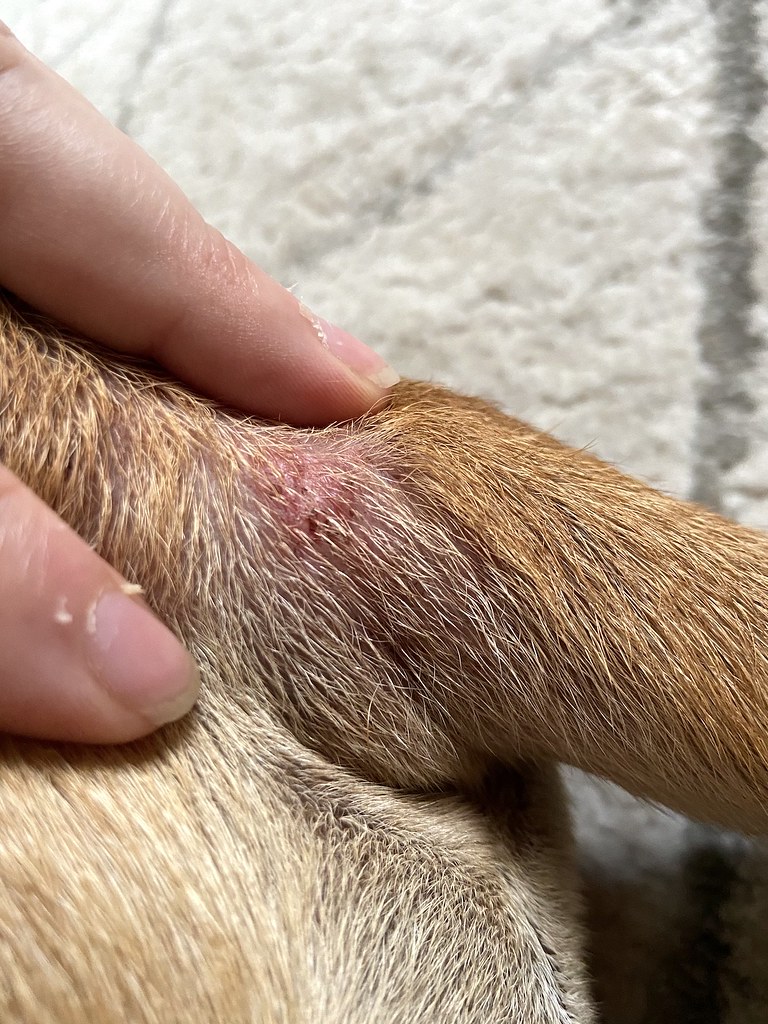
Hot spots are red, irritated areas on your pet’s skin that often become infected. These can develop as a result of constant scratching or licking due to allergies. They’re painful and need immediate attention.
9. Chronic Ear Flapping

If your pet is constantly flapping their ears, it’s a sign of irritation or discomfort, often linked to food allergies. This can be especially true if there’s no visible dirt or debris inside their ears.
10. Frequent Sneezing

While we often think of sneezing as related to environmental allergies, it can also be triggered by food allergies. If your pet is sneezing a lot, it might be worth taking a closer look at their diet.
11. Runny Eyes
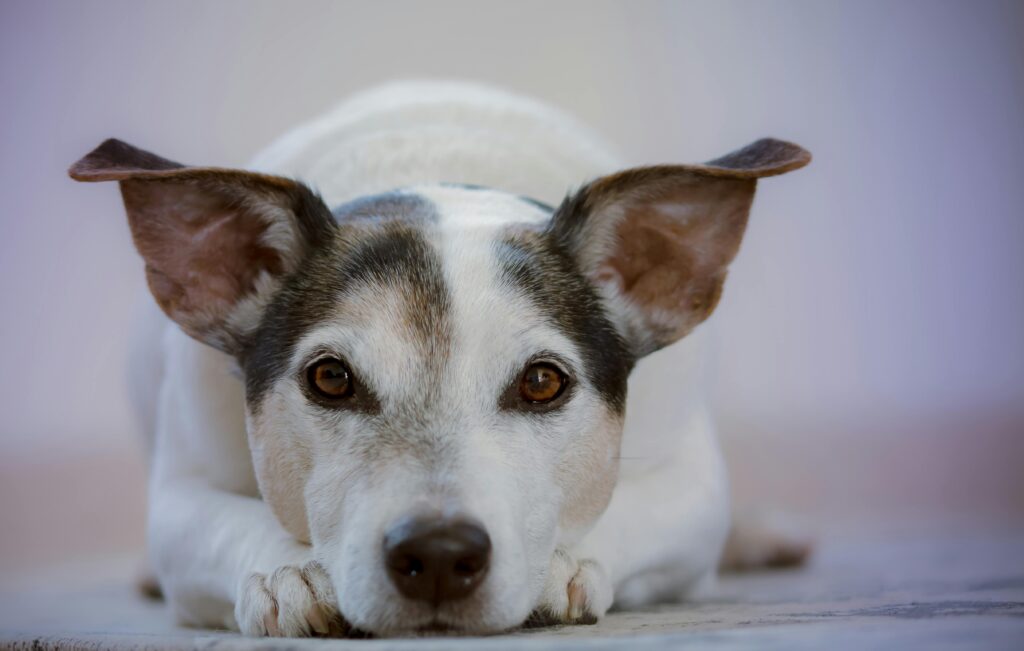
Excessive tearing or discharge from your pet’s eyes could signal an allergic reaction to their food. If their eyes are watery without any other obvious cause, it could be linked to what they’re eating.
12. Weight Loss or Lack of Appetite

Pets with food allergies may experience sudden weight loss or a reduced interest in eating. If your pet seems less excited about their meals or starts losing weight without an obvious reason, it’s time to investigate their diet.
13. Swollen Face, Paws, or Joints

In more severe cases, food allergies can cause swelling, particularly around your pet’s face, paws, or joints. This swelling can make movement uncomfortable and should be checked out by a vet immediately.
14. Frequent Bowel Movements
If your pet is going to the bathroom more often than usual, especially with softer or looser stools, it could be their body reacting to an ingredient in their food. Chronic digestive upset is a key sign of food-related allergies.


